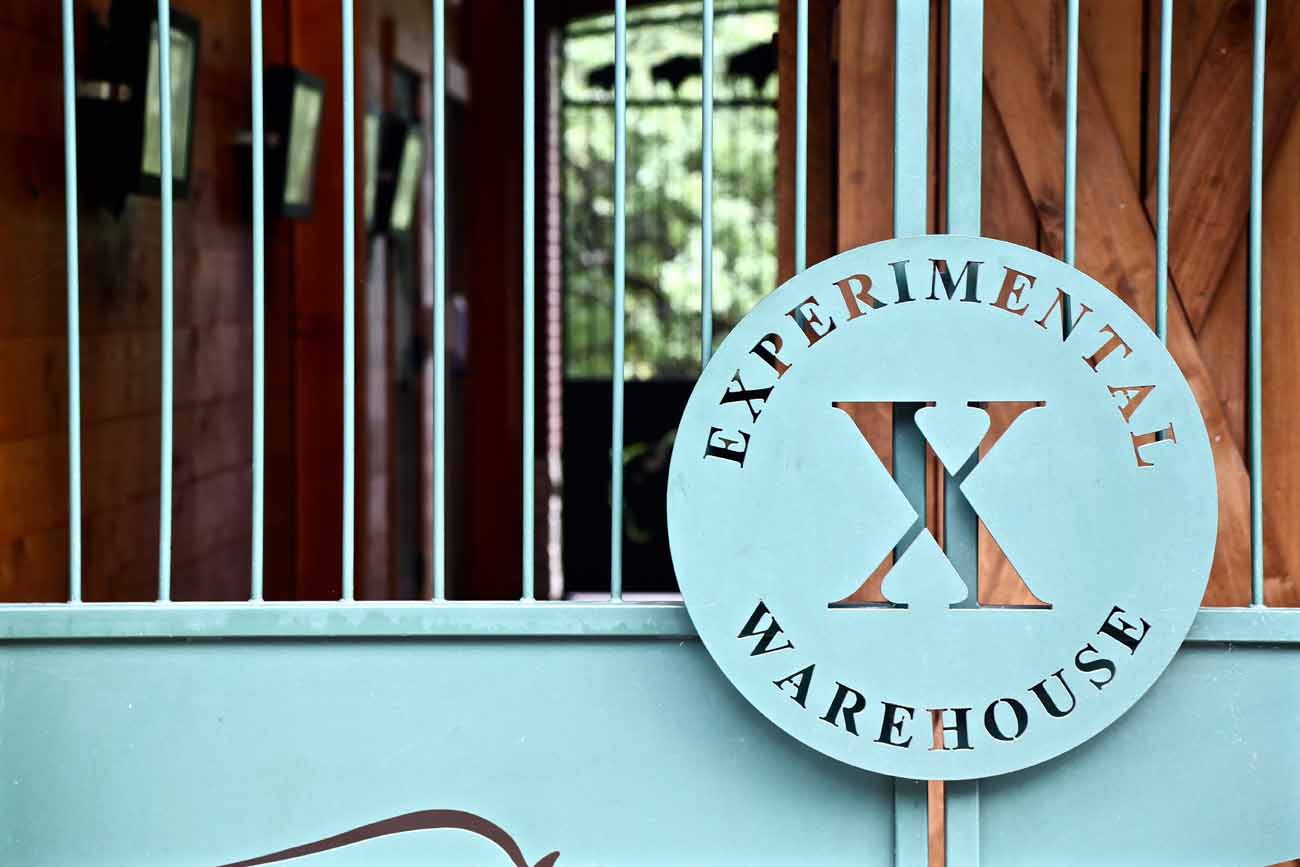Wood, weather and time all impact how a bourbon ages. Here's how Buffalo Trace's ongoing experiments help it better control for the unknown.
Back in the spring of 2006, tornado-strength winds whipped through Buffalo Trace Distillery's campus on the banks of the Kentucky River in Frankfort and wreaked all kinds of havoc.
A large chunk of the roof and walls of Warehouse C were peeled back like a sardine can, exposing the bourbon-filled barrels inside to the elements throughout the hot Kentucky summer. The juice inside was fine. Better than fine, actually. It turned out exceptional.
Bourbon aficionados praised its deep, voluptuous flavor and aroma when Buffalo Trace released that special batch of tornado-surviving E.H. Taylor, Jr. in late 2012. There are still a few bottles floating around if you'd like a taste. This site currently has one available for a hair under $2,000.
While an extreme example, the unintended conditions brought about by the tornado emphasize that, while all bourbon begins with fermentation and distillation, it's what happens inside and outside the barrels over time that imparts its distinctive character and complexity.

The KY for KY crew learned a bit more about what goes into barrel selection and care at Buffalo Trace recently during its informative Bourbon Barrel Tour, one of four complimentary tours offered by the distillery. From wood selection, construction and char level to where barrels are placed among the various warehouses and how long they stay there, few aspects are left unconsidered.

But that's just the basics. Buffalo Trace, being in the business of understanding as much about bourbon as possible, continues to analyze the process from every conceivable angle in order to better understand the impact different variables have on its finished products.
Buffalo Trace installed a custom-designed micro-still in 2007 to test new recipes and formulations, and this past year began exploring the agricultural side of the equation by planting an 18-acre experimental farm.
The distillery's years-long Single Oak Project recently culminated with the selection of a single barrel of bourbon — No. 80 — that was deemed to be the best from among 192 different barrels included in the experiment. Each expression varied in recipe and where it was aged, but was racked in barrels made from either the top or bottom portion of 96 individually selected American white oak trees.
And the legacy of the tornado continues to leave its mark on Buffalo Trace in the form of Warehouse X. The distillery built the highly specialized, $1 million warehouse in 2013 to isolate and test the effect different environmental factors — ultraviolet light, temperature, humidity and airflow — have on aging whiskey. An open-air breezeway runs down the center of the small warehouse and most closely mimics the conditions of that tornado-surviving batch of E.H. Taylor, Jr.

In all, Buffalo Trace currently has about 5,500 barrels of experimental projects aging in various parts of its facility, master distiller Harlen Wheatley said during a recent tasting.
"It's an investment we have to make," Wheatley says.
Because lasting innovation doesn't happen by waiting for inspiration — or tornadoes — to strike. It comes from a deep understanding of your craft and knowing where to push forward.
Photography by Savanna Barnett
Visit the shop for kick-ass Kentucky Bourbon Gear, including our fresh glassware designs!





